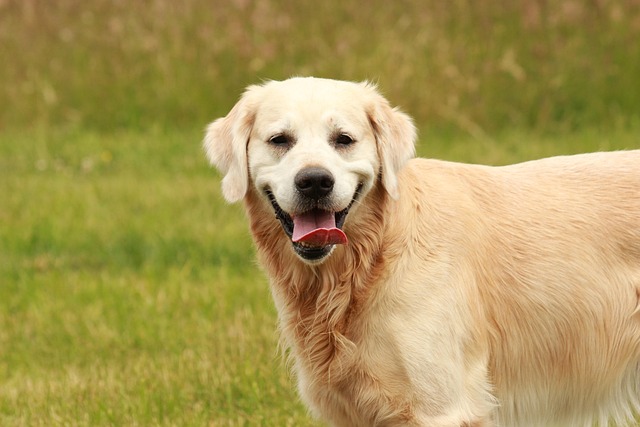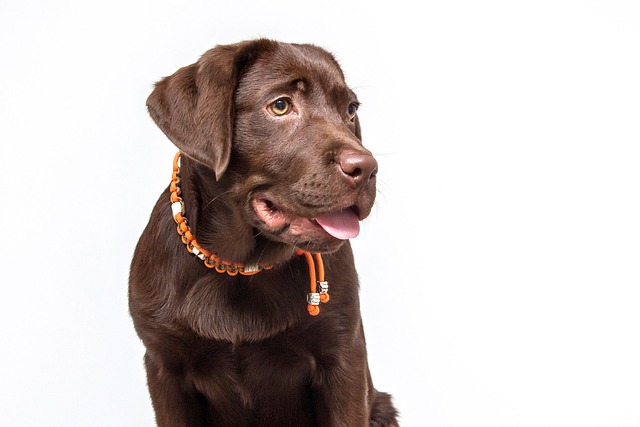
What are the three important Labrador training tips at home?
Labradors are smart, eager-to-please pups, but their boundless energy can turn into chewed cushions or jumping guests if home training isn’t consistent.
Labradors are some of the most loving dogs around, but their smarts and energy mean training needs to be intentional—not just random lessons here and there. Get this right, and you’ll turn that playful pup into a joy to have around, no matter where you go.
Training a Labrador starts with understanding their unique personality—these dogs are eager to please, but they also have boundless energy that needs channeling the right way. The first step is consistency, not just in commands but in rewards too; a small treat or enthusiastic praise goes further than harsh corrections here.
You’ll also want to tie training to daily routines, like incorporating "sit" or "stay" before meal times or walks. This fits naturally with how most households operate and helps your Lab learn faster. Just remember to keep sessions short—10 to 15 minutes max—since their attention spans fade quickly, especially when they’re young.
 It’s crucial to stay mindful of local rules too. Many areas require dogs to be leashed in public spaces, so training loose-leash walking early on isn’t just about good behavior—it’s about following the law. Socialization matters too; exposing your Lab to other dogs, people, and environments from 3 to 14 weeks old helps them grow into well-adjusted pets, which aligns with community expectations around friendly, manageable dogs.
It’s crucial to stay mindful of local rules too. Many areas require dogs to be leashed in public spaces, so training loose-leash walking early on isn’t just about good behavior—it’s about following the law. Socialization matters too; exposing your Lab to other dogs, people, and environments from 3 to 14 weeks old helps them grow into well-adjusted pets, which aligns with community expectations around friendly, manageable dogs.
Avoid skipping basic obedience, even if your Lab seems laid-back. Commands like "come" can keep them safe in busy areas, and teaching them to respect personal space helps prevent issues with neighbors or strangers—something that matters a lot in close-knit communities or areas with lots of foot traffic. Always pair training with positive reinforcement; Labs respond best to encouragement, and this builds a stronger bond between you two.
Training a Labrador isn’t about perfection—it’s about patience and working with their loving nature. By keeping sessions consistent, tying lessons to daily life, and honoring local guidelines, you’ll end up with a well-behaved dog who fits right into your world. The time you put in now will pay off for years, with a loyal companion who knows how to be both fun and respectful.

Labradors are smart, eager-to-please pups, but their boundless energy can turn into chewed cushions or jumping guests if home training isn’t consistent.

So, you’ve got a new furry family member, and you’re finding yourself mopping the kitchen floor more than you’d like. Don’t worry, every dog owner has been there!

If you’ve just welcomed a new puppy or an adult rescue dog into your home, one of your first and most pressing questions is likely, "How long until they’re fully toilet trained?"

Labrador Retrievers are energetic, people-pleasing pups, but their boundless enthusiasm can lead to chewed shoes or jumping on guests if not guided right.

The idea of training your dog to use a human toilet often captures the imagination of new apartment dwellers—imagine, no more messy pee pads or last-minute trips

Labradors are some of the most loving dogs around, but their smarts and energy mean training needs to be intentional—not just random lessons here and there.